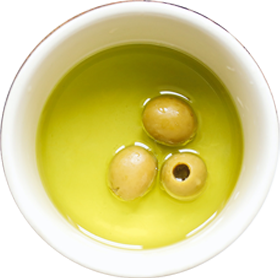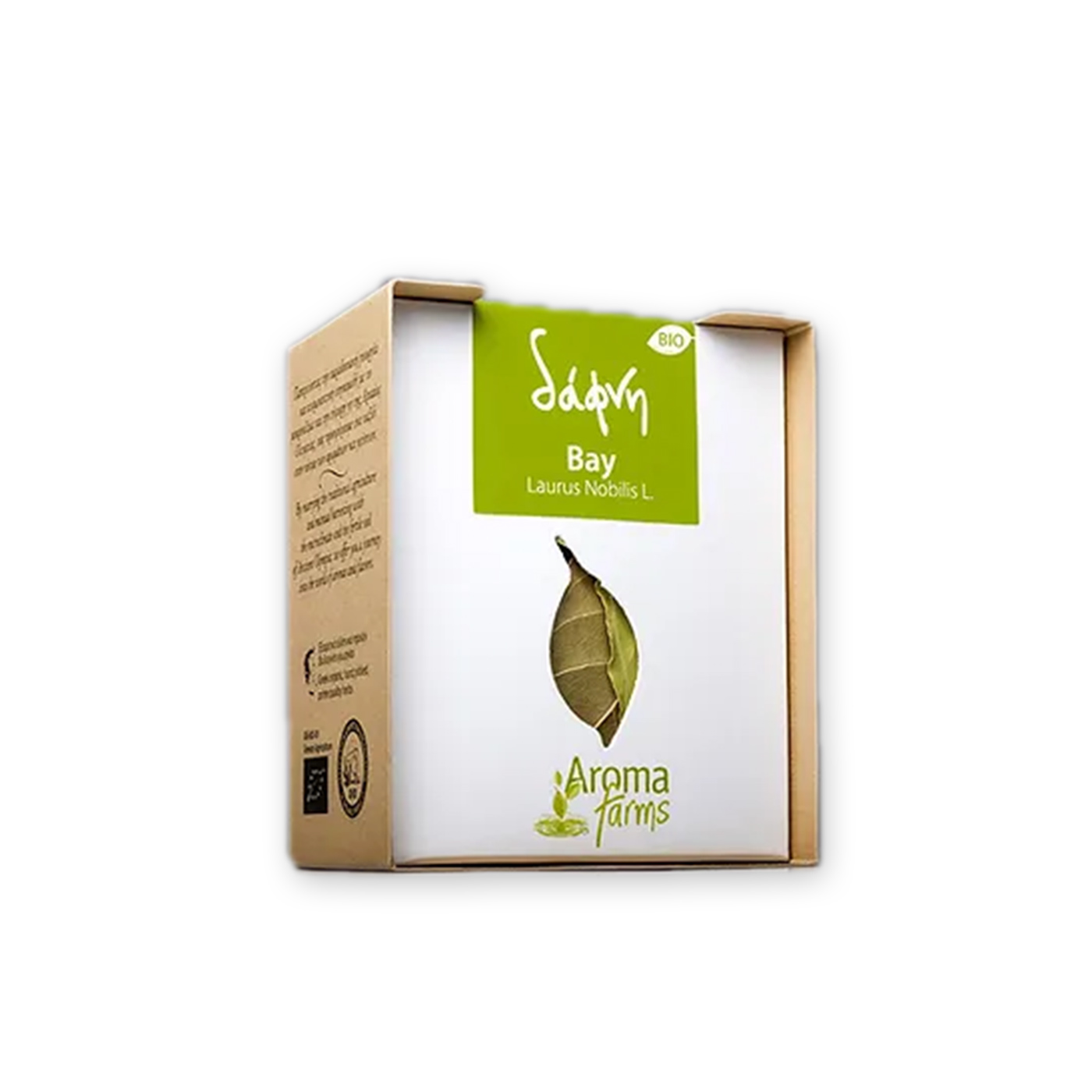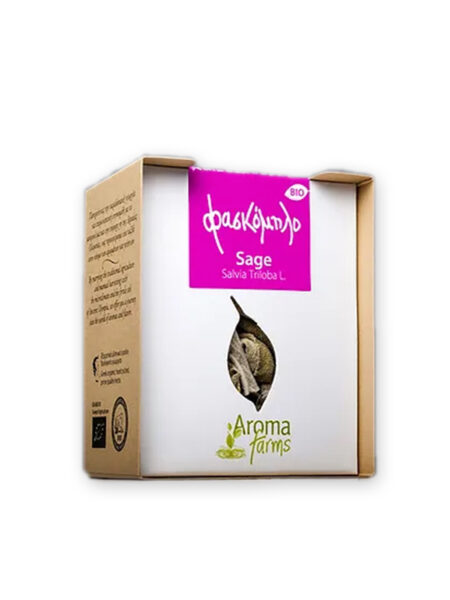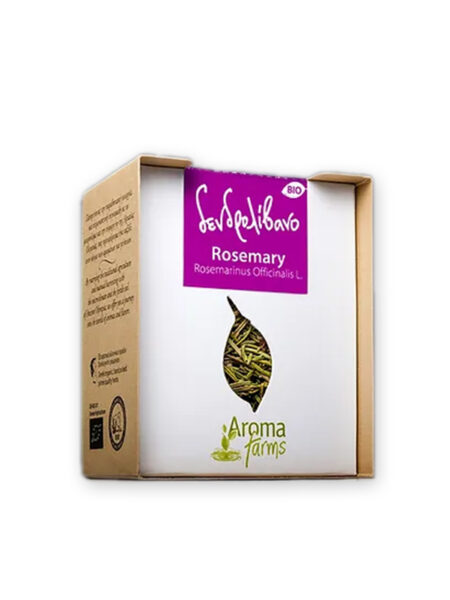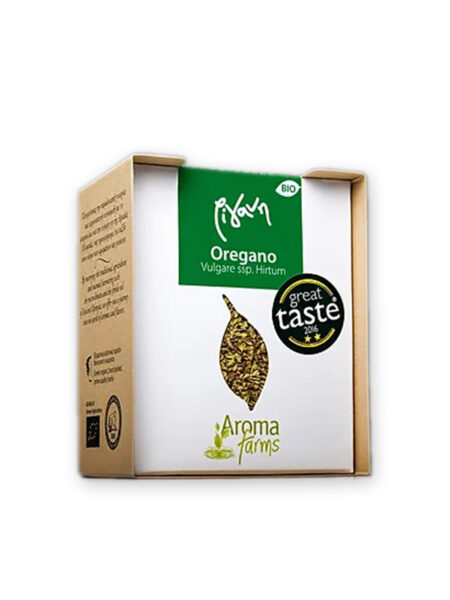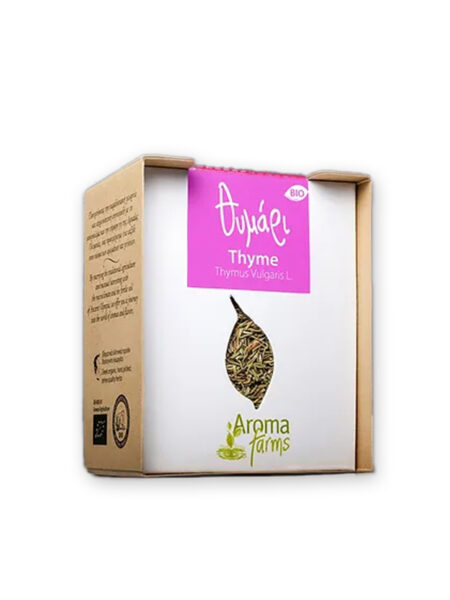Description
Laurel is known from antiquity with the priestesses of Apollo chewing it while they were giving out their divinations and the winners of the Olympic Games being crowned with a wreath of laurel leaves. According to an ancient Greek legend Daphne, which is laurel in Greek, was a nymph that was the daughter of the river Pinios and was dedicated to the goddess Artemis, she was a beautiful huntress that never took a lover. When the god Apollo saw her, he fell in love with her and started hunting her. She went to her father for protection who turned her in to the plant we know today. Seeing that, Apollo declared her as his sacred plant, made a wreath out of her leaves established it as the prize of the champions.
The medicinal properties of the plant were known in ancient Greece with references to its qualities from Hippocrates and Dioscorides.
Cooking
Bay has fragrant leaves with a slightly bitter taste. It is used while cooking the food and is removed before serving it. We can use it in legume soups, especially with lentil, tomato sauces, boiled and stewed dishes, and potatoes. We can also use bay leaves to season vegetables, pickled vegetables, marinated olives, cheese, vinegar, olive oil. Finally we can use it to make a wonderful tea.
Traditional Properties
Traditionally the tea made out of bay leaves is used to stimulate and relieve stomach pains and ease digestion. It is considered to help with rheumatic pains, gouty arthritis and fever. The dust of bay leaves can be used to stop nose bleeds.


